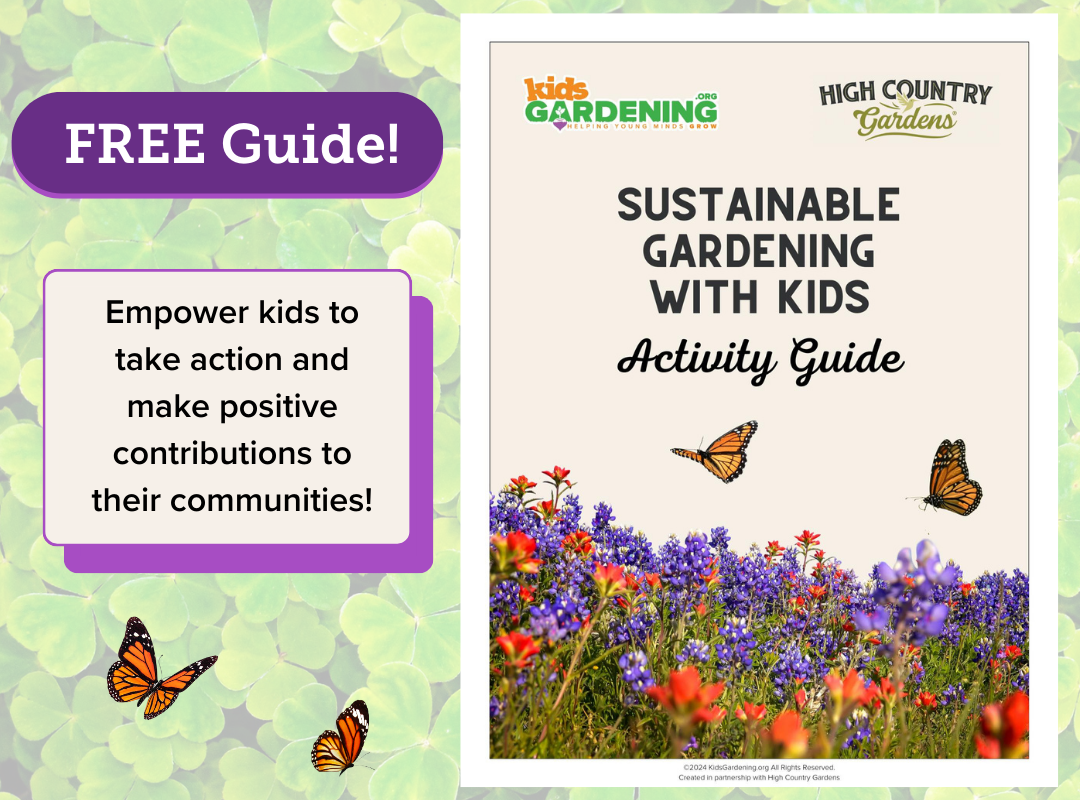Materials:
- Mason jar with screw band/ring or brown paper lunch bag (one for each lantern)
- ModPodge or other clear-drying craft glue
- Paintbrush
- Selection of flexible fall leaves
- LED tealight (one for each lantern)
- Scissors
- 1 ft. of twine/jute cord/ribbon for a handle (one piece per lantern)
Background Information
Autumn is a time of change. In the Northern Hemisphere, temperatures begin to drop, along with the leaves of deciduous trees and shrubs. Animals begin to prepare for winter by migrating, growing winter coats, and/or eating a lot in anticipation of hibernation. The farther you move away from the equator, the more the daylight hours decrease as the tilt in the Earth’s axis orients the northern hemisphere away from the sun.
The lengthening hours of darkness trigger plants to begin entering dormancy. One manifestation of this process is that chlorophyll, a pigment contained in foliage and dominant in the spring and summer months, begins to break down. This allows yellow and orange carotenoid pigments in the leaves to take center stage, creating the color change we associate with autumn leaves. Other pigments that make a showing in fall are the anthocyanins. These deep red pigments aren’t hidden by chlorophyll in the warmer months. Rather, these pigments are produced within leaves from a reaction between sugars trapped in the leaf and certain molecules present in the leaf sap, resulting in a display of leaf colors that ranges from bright red to purple. To dig deeper into this process, check out Fall Foliage: Why Leaves Change Colors.
This craft activity helps kids embrace autumn by getting them outside to observe and appreciate colorful foliage, and by helping them to find beauty in the darker months of the year through the twinkling light of a lantern.
Instructions
- Head outside for a nature walk around your yard, neighborhood, or a nearby natural space. Have kids collect fallen leaves that appeal to them, focusing on ones that are still flexible or bendy. During your walk you can have a discussion about why leaves turn color and fall off of trees and shrubs in autumn. Take your discussion further by asking kids how we prepare for winter in the autumn months and making connections between human and plant needs.
- Head inside (or don’t! this could be a wonderful activity on a picnic table or blanket outside) and gather your materials. Pat leaves dry if there is any moisture on them and cut off the stems. Set up your workstation on a surface that can be easily cleaned afterward should there be any glue drippings. Laying down newspaper or wax paper is a great option for easy cleanup.
- Put a dollop of craft glue on a paper plate or painting dish and have kids paint a thin layer of the glue onto their mason jar or paper bag, and then press their first leaf onto it. Once the leaf is adhered, paint another slightly thicker layer over it to seal it. If tips or edges of the leaf stick up that’s okay as long as the majority of the leaf is stuck to the lantern surface.
- Have kids continue to add leaves to their lanterns this way, letting them be creative about placement, but leaving the bottom of the jar or bag free of glue and leaves so they can dry upright without sticking to surfaces. Have kids keep in mind that leaving some empty space between leaves will allow more light to shine out of their lantern.
- When kids are finished adding leaves, let the lanterns dry until all glue is clear and solid, usually around two to three hours.
Once the glue is dry, it’s time to add a handle. For mason jars, double knot a length of twine to both sides of a screw band/ring and screw the band onto the mouth of the jar. For paper bags, poke two holes on opposite sides at least one inch from the top, and tie the twine to each. - Now lanterns are ready to be lit! Place as many LED tealights as you like into the bottom of your lantern and enjoy an evening nature walk or a cozy evening inside!












